Freddie Mac 2014 Annual Report Download - page 88
Download and view the complete annual report
Please find page 88 of the 2014 Freddie Mac annual report below. You can navigate through the pages in the report by either clicking on the pages listed below, or by using the keyword search tool below to find specific information within the annual report.-
 1
1 -
 2
2 -
 3
3 -
 4
4 -
 5
5 -
 6
6 -
 7
7 -
 8
8 -
 9
9 -
 10
10 -
 11
11 -
 12
12 -
 13
13 -
 14
14 -
 15
15 -
 16
16 -
 17
17 -
 18
18 -
 19
19 -
 20
20 -
 21
21 -
 22
22 -
 23
23 -
 24
24 -
 25
25 -
 26
26 -
 27
27 -
 28
28 -
 29
29 -
 30
30 -
 31
31 -
 32
32 -
 33
33 -
 34
34 -
 35
35 -
 36
36 -
 37
37 -
 38
38 -
 39
39 -
 40
40 -
 41
41 -
 42
42 -
 43
43 -
 44
44 -
 45
45 -
 46
46 -
 47
47 -
 48
48 -
 49
49 -
 50
50 -
 51
51 -
 52
52 -
 53
53 -
 54
54 -
 55
55 -
 56
56 -
 57
57 -
 58
58 -
 59
59 -
 60
60 -
 61
61 -
 62
62 -
 63
63 -
 64
64 -
 65
65 -
 66
66 -
 67
67 -
 68
68 -
 69
69 -
 70
70 -
 71
71 -
 72
72 -
 73
73 -
 74
74 -
 75
75 -
 76
76 -
 77
77 -
 78
78 -
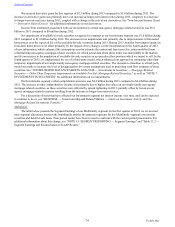 79
79 -
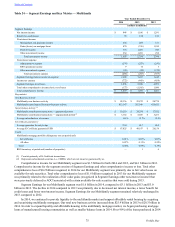 80
80 -
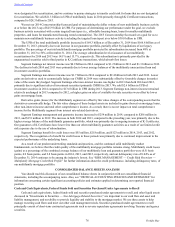 81
81 -
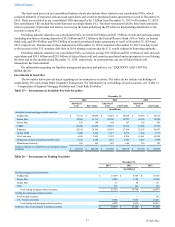 82
82 -
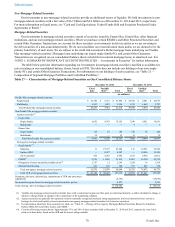 83
83 -
 84
84 -
 85
85 -
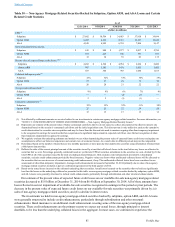 86
86 -
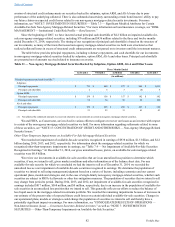 87
87 -
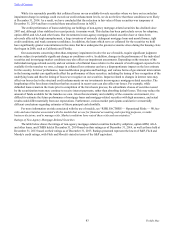 88
88 -
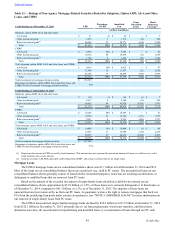 89
89 -
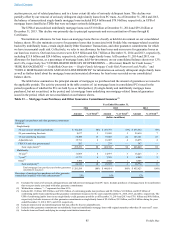 90
90 -
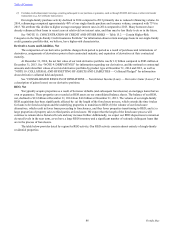 91
91 -
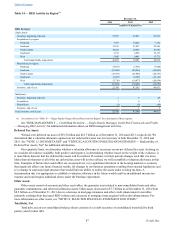 92
92 -
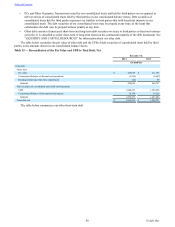 93
93 -
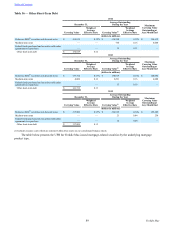 94
94 -
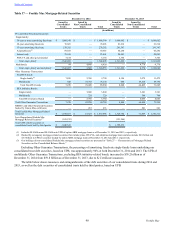 95
95 -
 96
96 -
 97
97 -
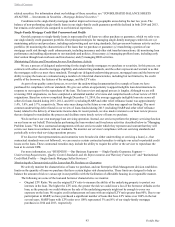 98
98 -
 99
99 -
 100
100 -
 101
101 -
 102
102 -
 103
103 -
 104
104 -
 105
105 -
 106
106 -
 107
107 -
 108
108 -
 109
109 -
 110
110 -
 111
111 -
 112
112 -
 113
113 -
 114
114 -
 115
115 -
 116
116 -
 117
117 -
 118
118 -
 119
119 -
 120
120 -
 121
121 -
 122
122 -
 123
123 -
 124
124 -
 125
125 -
 126
126 -
 127
127 -
 128
128 -
 129
129 -
 130
130 -
 131
131 -
 132
132 -
 133
133 -
 134
134 -
 135
135 -
 136
136 -
 137
137 -
 138
138 -
 139
139 -
 140
140 -
 141
141 -
 142
142 -
 143
143 -
 144
144 -
 145
145 -
 146
146 -
 147
147 -
 148
148 -
 149
149 -
 150
150 -
 151
151 -
 152
152 -
 153
153 -
 154
154 -
 155
155 -
 156
156 -
 157
157 -
 158
158 -
 159
159 -
 160
160 -
 161
161 -
 162
162 -
 163
163 -
 164
164 -
 165
165 -
 166
166 -
 167
167 -
 168
168 -
 169
169 -
 170
170 -
 171
171 -
 172
172 -
 173
173 -
 174
174 -
 175
175 -
 176
176 -
 177
177 -
 178
178 -
 179
179 -
 180
180 -
 181
181 -
 182
182 -
 183
183 -
 184
184 -
 185
185 -
 186
186 -
 187
187 -
 188
188 -
 189
189 -
 190
190 -
 191
191 -
 192
192 -
 193
193 -
 194
194 -
 195
195 -
 196
196 -
 197
197 -
 198
198 -
 199
199 -
 200
200 -
 201
201 -
 202
202 -
 203
203 -
 204
204 -
 205
205 -
 206
206 -
 207
207 -
 208
208 -
 209
209 -
 210
210 -
 211
211 -
 212
212 -
 213
213 -
 214
214 -
 215
215 -
 216
216 -
 217
217 -
 218
218 -
 219
219 -
 220
220 -
 221
221 -
 222
222 -
 223
223 -
 224
224 -
 225
225 -
 226
226 -
 227
227 -
 228
228 -
 229
229 -
 230
230 -
 231
231 -
 232
232 -
 233
233 -
 234
234 -
 235
235 -
 236
236 -
 237
237 -
 238
238 -
 239
239 -
 240
240 -
 241
241 -
 242
242 -
 243
243 -
 244
244 -
 245
245 -
 246
246 -
 247
247 -
 248
248 -
 249
249 -
 250
250 -
 251
251 -
 252
252 -
 253
253 -
 254
254 -
 255
255 -
 256
256 -
 257
257 -
 258
258 -
 259
259 -
 260
260 -
 261
261 -
 262
262 -
 263
263 -
 264
264 -
 265
265 -
 266
266 -
 267
267 -
 268
268 -
 269
269 -
 270
270 -
 271
271 -
 272
272 -
 273
273 -
 274
274 -
 275
275 -
 276
276 -
 277
277 -
 278
278 -
 279
279 -
 280
280 -
 281
281 -
 282
282 -
 283
283 -
 284
284 -
 285
285 -
 286
286 -
 287
287 -
 288
288 -
 289
289 -
 290
290 -
 291
291 -
 292
292 -
 293
293 -
 294
294 -
 295
295 -
 296
296 -
 297
297 -
 298
298 -
 299
299 -
 300
300 -
 301
301 -
 302
302 -
 303
303 -
 304
304 -
 305
305 -
 306
306 -
 307
307 -
 308
308 -
 309
309 -
 310
310 -
 311
311 -
 312
312 -
 313
313 -
 314
314 -
 315
315 -
 316
316 -
 317
317 -
 318
318 -
 319
319 -
 320
320 -
 321
321 -
 322
322 -
 323
323 -
 324
324 -
 325
325 -
 326
326 -
 327
327 -
 328
328 -
 329
329 -
 330
330
 |
 |

83 Freddie Mac
While it is reasonably possible that collateral losses on our available-for-sale securities where we have not recorded an
impairment charge in earnings could exceed our credit enhancement levels, we do not believe that those conditions were likely
at December 31, 2014. As a result, we have concluded that the reduction in fair value of these securities was temporary at
December 31, 2014 and have recorded these unrealized losses in AOCI.
The credit performance of loans underlying our holdings of non-agency mortgage-related securities has declined since
2007 and, although it has stabilized in recent periods, it remains weak. This decline has been particularly severe for subprime,
option ARM, and Alt-A and other loans. Our investments in non-agency mortgage-related securities have at times been
adversely affected by high unemployment, a large inventory of seriously delinquent mortgage loans and unsold homes, tight
credit conditions, and weak consumer confidence. In addition, the loans which serve as collateral for the securities we hold
have significantly greater concentrations in the states that have undergone the greatest economic stress during the housing crisis
that began in 2006, such as California and Florida.
Our assessments concerning other-than-temporary impairment involve the use of models, require significant judgment
and are subject to potentially significant change as conditions evolve. In addition, changes in the performance of the individual
securities and in mortgage market conditions may also affect our impairment assessments. Depending on the structure of the
individual mortgage-related security and our estimate of collateral losses relative to the amount of credit support expected to be
available for the tranches we own, a change in collateral loss estimates can have a disproportionate impact on the loss estimate
for the security. Servicer performance, loan modification programs and backlogs, and various forms of government intervention
in the housing market can significantly affect the performance of these securities, including the timing of loss recognition of the
underlying loans and thus the timing of losses we recognize on our securities. Impacts related to changes in interest rates may
affect our losses due to the structural credit enhancements on our investments in non-agency mortgage-related securities. The
lengthening of the foreclosure timelines that has occurred in recent years can also affect our losses. For example, while
defaulted loans remain in the trusts prior to completion of the foreclosure process, the subordinate classes of securities issued
by the securitization trusts may continue to receive interest payments, rather than absorbing default losses. This may reduce the
amount of funds available for the tranches we own. Given the uncertainty and volatility of the economic environment, it is
difficult to estimate the future performance of mortgage loans and mortgage-related securities with high assurance, and actual
results could differ materially from our expectations. Furthermore, various market participants could arrive at materially
different conclusions regarding estimates of future principal cash shortfalls.
For more information on risks associated with the use of models, see “RISK FACTORS — Operational Risks — We face
risks and uncertainties associated with the models that we use for financial accounting and reporting purposes, to make
business decisions, and to manage risks. Market conditions have raised these risks and uncertainties.”
Ratings of Non-Agency Mortgage-Related Securities
The table below shows the ratings of non-agency mortgage-related securities backed by subprime, option ARM, Alt-A
and other loans, and CMBS held at December 31, 2014 based on their ratings as of December 31, 2014, as well as those held at
December 31, 2013 based on their ratings as of December 31, 2013. Ratings presented represent the lower of S&P, Fitch and
Moody's credit ratings, with Fitch and Moody's stated in terms of the S&P equivalent.
Table of Contents
